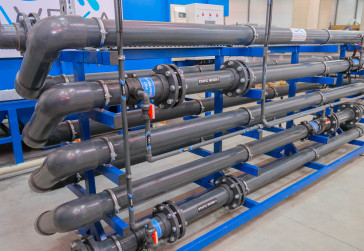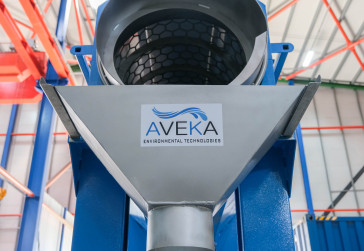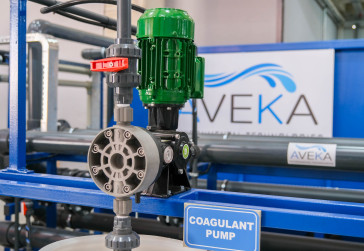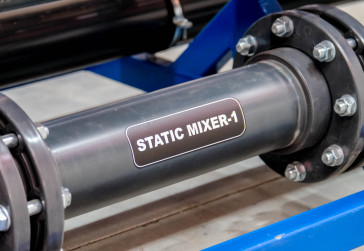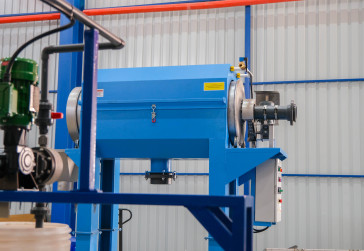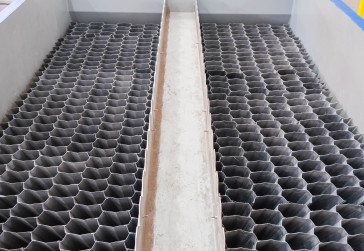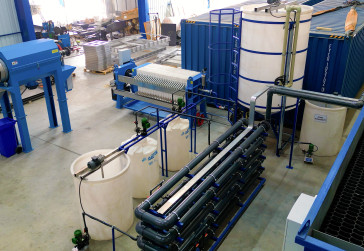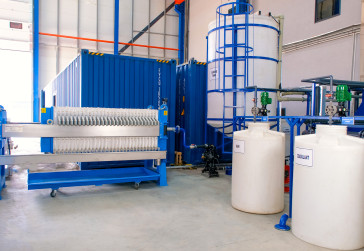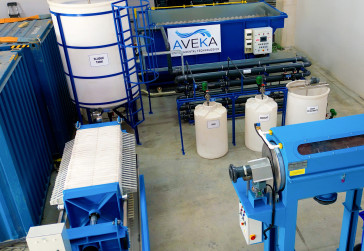AVEKA DOLPHIN Wastewater Treatment System
Aveka Çevre
The AVEKA DOLPHIN treatment system is a compact unit designed for the treatment of various types of wastewater. It is easy to install, requires minimal space, and is widely used across industrial facilities. Typical applications include the plastic recycling, chemical, and metallurgy industries, as well as textile and food sectors for pre-treatment purposes.
The system effectively reduces COD, TSS, and metals and can be integrated with DAF systems and other chemical processes.
We believe that the best technology is the one that pollutes the least. With this goal in mind, we continue to develop systems that reduce the carbon footprint.
Application Fields
Industrial facilities with chemical wastewater loads, such as:
Textile, Metal Painting, Metal Coating, Automotive, Plastic Recycling, Chemical Industry, Household Appliances, Polyurethane, Car Wash Stations, etc.
Highlights
Compact design
Minimal space requirements
Low carbon footprint
User-friendly HMI operation panel
Automatic chemical dosing
Real-time monitoring of pH, temperature, and redox potential
Simple installation
Scalable design for higher capacities (modular combination)
Continuous water flow
System Components
1.Drum Screen
Wastewater first passes through a drum screen, where particles are removed. The screen operates without requiring an operator; washing and cleaning are fully automated. The screening surface is manufactured with different mesh sizes depending on the application. The separation process allows particles to be recovered or discharged, ensuring smooth system performance.
2. Flocculator
This is the unit where chemical reaction occurs. Chemicals are mixed with wastewater using static mixers, utilizing natural turbulence instead of electricity. With no moving parts, the system requires minimal maintenance. Sensors continuously monitor key parameters such as flow rate, conductivity, and pH.
3. Chemical Dosing Unit
Equipped with automated controls, this unit ensures precise chemical dosing based on analyzer data, optimizing consumption and ensuring operational ease.
4. Lamella Settling Tank
In this stage, sludge is separated from water. Lamella plates significantly increase the settling surface area, accelerating and enhancing sedimentation performance. Sludge collects at the bottom, while clarified water flows from the surface to discharge.
5. Sludge Pumps & Sludge Tank
Sludge is collected via multiple suction points and transferred to the sludge tank by pumps. A thickener allows sludge to mature, while polymers are added to improve dewatering efficiency.
6. Main Control Panel
The system is managed through an HMI screen with data logging capabilities. Operators can easily adjust parameters, while a remote-access module enables quick service support and data retrieval.
7. Filter Press
Finally, sludge is dewatered using a filter press, significantly reducing its volume and minimizing the resources required for transport and disposal.


